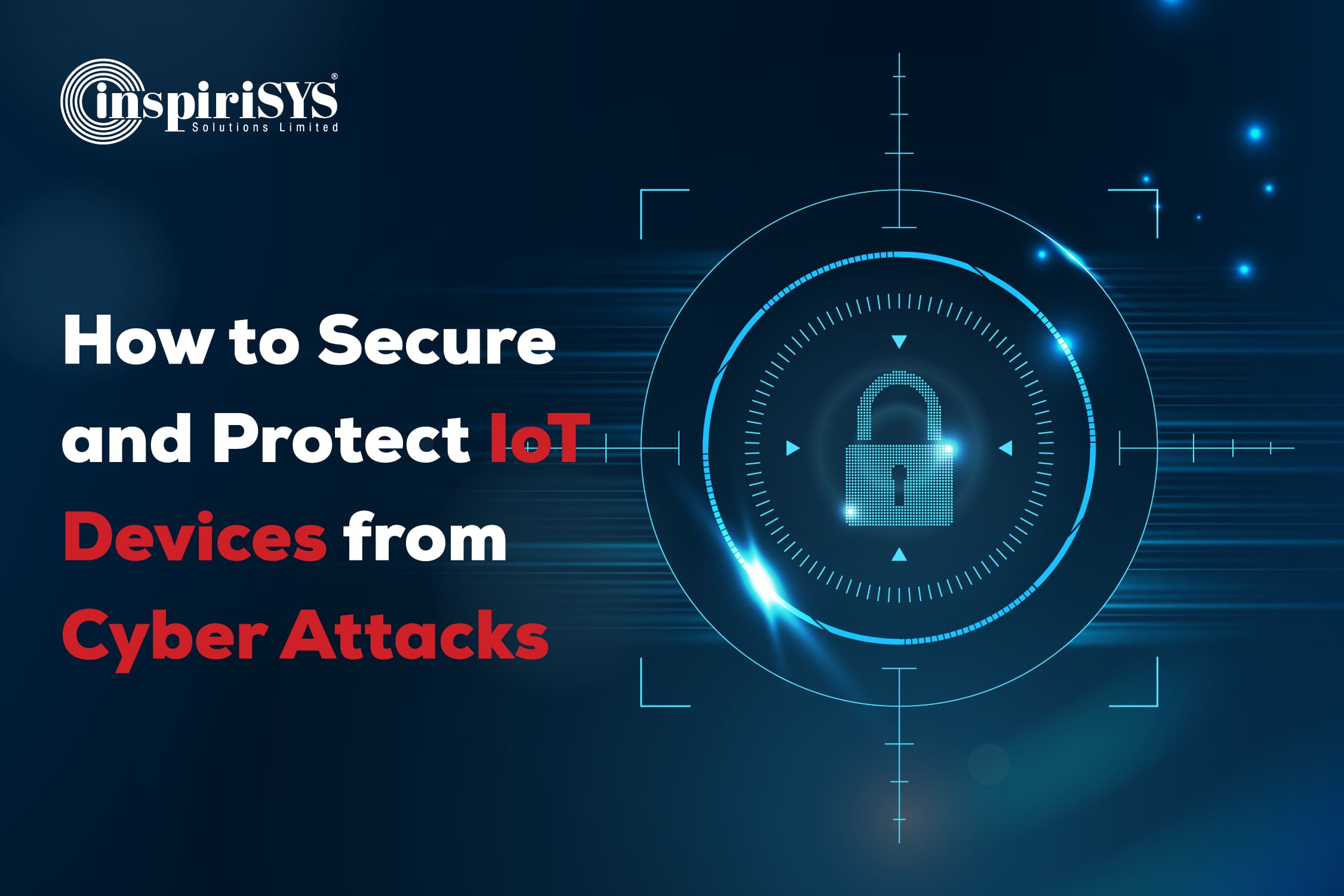The IoT (Internet-of-Things) is already starting to become an indispensable part of our personal and professional lives. From enhanced visibility into production to simple comforts like having your coffee ready for you when you wake up, IoT is capable of doing it all. However, like with all things that are almost too good to be true, there’s a catch.
Using IoT means that your household objects store personal data. Your refrigerator, washing machine, air conditioner, and car store information that can be used to analyze your behavioral patterns. All IoT devices are essentially data collectors. Unless you want other people to know about your personal life, all your devices will have to be secured. It’s estimated that there will be over 15 million active IoT devices in 2022. Clearly, there’s no shortage of opportunities for hackers to exploit.
IoT – Easy Targets for Attackers
Unfortunately, there are no global regulatory bodies to govern IoT security standards. Due to this, many manufacturers are capitalizing on the opportunity to get as many products in the market as fast as possible. The primary concern for them is to ensure their products are working fine, and not so much securing the data that these devices hold.
Hackers, on the other hand, are always looking for new vulnerabilities. Old, legacy systems have always made for easy targets. Until there’s some clarity on the standards of IoT security, hackers have a lot more to play with. They can also gain access to your network through the inherent vulnerabilities of this technology.
Though it may seem trivial to customers that hackers can observe what they do with their devices, there are a few potentially dangerous concerns that need to be looked at:
-
Hackers can access your household systems, such as lighting and heating whether you’re at home or away
-
Passwords and bank details can be stolen through phishing attacks
-
Home networks can be attacked and held for ransom
Securing IoT Devices and Networks

Since IoT devices are interconnected, hacking one device generally grants access to others. This is why it is essential to secure all your devices thoroughly. Let’s look at some basic measures you can take to minimize the risk of your devices being attacked:
Modify Default Router Settings - Most buyers fail to rename their router and stick to the default name set by the manufacturer. Since routers are generally named after the OEM, it gives attackers a strong foundation to plan their moves. Avoid using personal details that could hint at vulnerabilities. Hackers can easily guess default passwords or look up manufacturer resources to find out what the password for the device may be, granting them access to its functions. Making the default password unique will help keep an IoT device safe.
Avoid Using Public Networks – Shopping online and controlling your IoT devices through public networks is a bad idea. It’s easier for hackers to enter these networks as they lack effective security measures. This gives them access to your personal information as well as your connected devices.
Set a Strong, Unique Password – Setting simple, generic passwords is as good as leaving the front door open to attackers. Try to avoid using the same password across all your accounts. If a common password is discovered, it means that multiple accounts and devices can be accessed. Remembering multiple passwords can be a bother, but securing your networks and devices is important.
Encrypt Your Data – Though security protocols protect data while it is shared across networks, they do not protect the data stored on your device. All sensitive data must be encrypted to provide protection in case the device is discarded, stolen, or accessed by an unauthorized party. In case you don’t already use encryption, it’s a good idea to set your router to the strongest encryption type possible. On most routers, this will be WPA2. If your router doesn’t support WPA2 level of encryption, you should consider upgrading.
Two-factor Authentication – A strong user authentication method is an absolute necessity for device security. Two-factor authentication requires you to provide an extra credential to confirm it’s really you when you log into a new device or network. Generally, this means the device will send a numeric or alphabetic code to your email or smartphone. Entering this code will grant you access to the device. Two-factor authentication creates an additional barrier to safeguard IoT devices and helps ensure unauthorized users can’t log in easily.
Monitor Network Activity – Network traffic analysis tools and cybersecurity platforms allow you to detect unusual events that could be precursors to an attack. There are a growing number of consumer-oriented network traffic monitoring tools in the market today. These tools can help you identify unusual traffic along with typical network issues.
The Bottom Line

Cyberattacks targeting IoT devices will continue to grow in scale and frequency until effective regulations to govern the security of these devices is set in place. Combining basic and advanced cybersecurity measures can help you maintain your privacy.
Inspirisys goes the extra mile to ensure that you get top-notch network and IoT security on par with global standards. Our team of experts can help you secure your devices so that you can continue to work without any interruptions. We protect your enterprise, secure your digital interactions, manage inevitable breaches, and maintain regulatory compliance. Get in touch with us for the most advanced cybersecurity services for your business.







